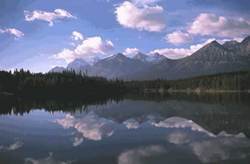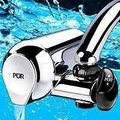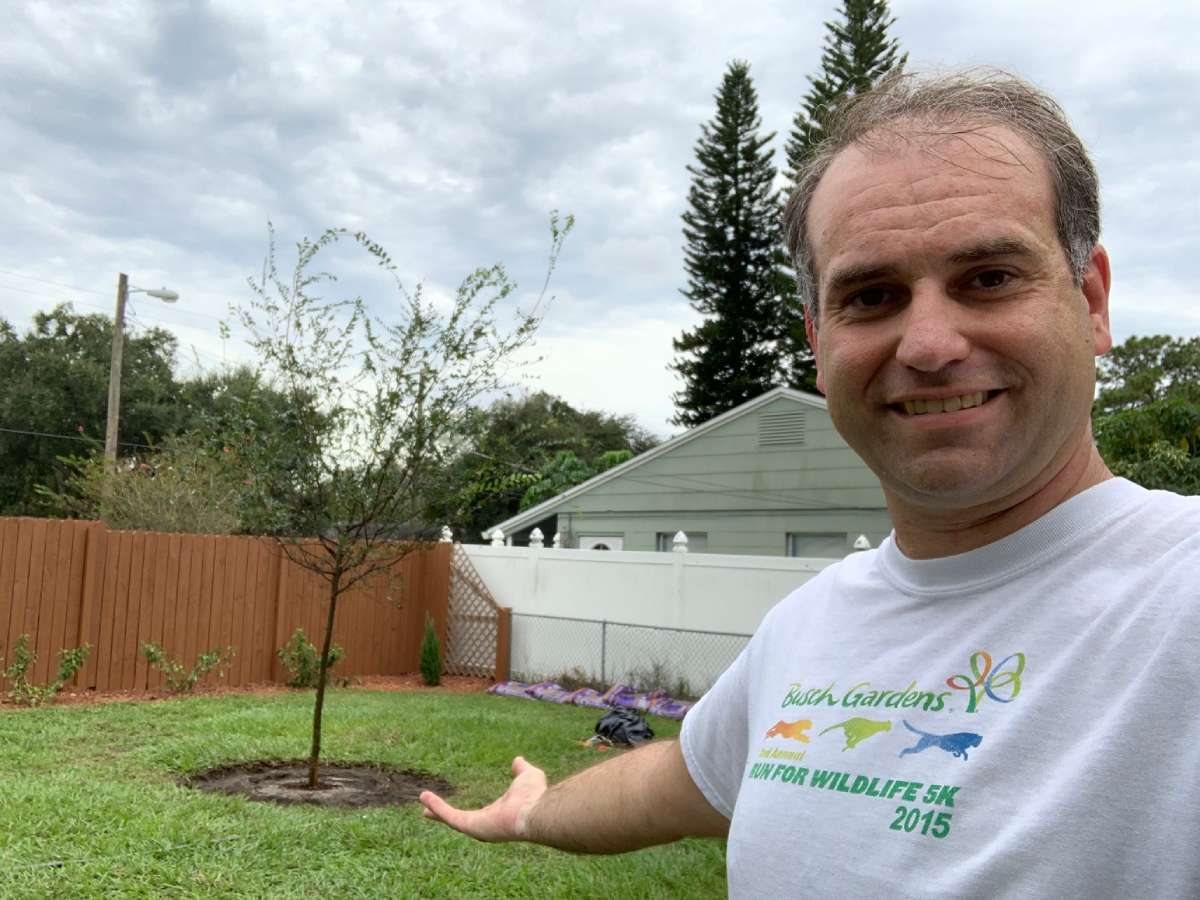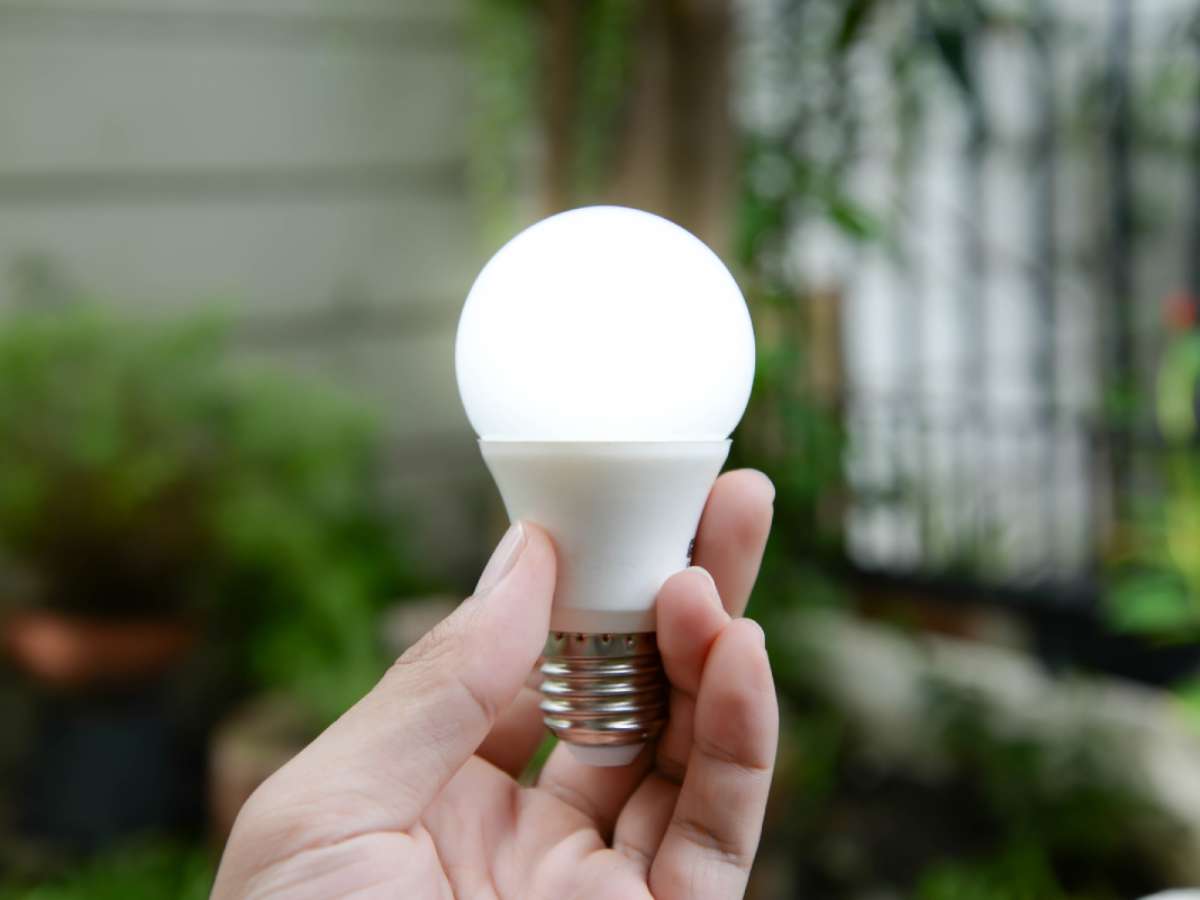 Now that we know how costly, unnecessary, and potentially harmful bottled water is, and why we wouldn’t want to put our own water in a plastic water bottle (especially #7 plastic), let’s actually talk about the 3 previously mentioned alternatives to drinking bottled water out of plastic bottles.
Now that we know how costly, unnecessary, and potentially harmful bottled water is, and why we wouldn’t want to put our own water in a plastic water bottle (especially #7 plastic), let’s actually talk about the 3 previously mentioned alternatives to drinking bottled water out of plastic bottles.
#1 – Clean Water Already Comes From Your Tap
It’s important to realize that if you live in the United States it is not necessary, in the vast majority of circumstances, to employ water filtration to obtain clean water.
The EPA regulates our drinking water to ensure that it does achieve at least a minimum level of cleanliness.
Filtering, however, can possibly clean the water from your tap further, and will certainly make it taste better. Check the quality of your community’s drinking water at EPA.gov.
#2 – Buy a Home Water Filtration System for Your Faucet

Take a look at my kitchen faucet and you’ll see the PUR 3 stage FM9400 water filter.
As above mentioned, filtering your water isn’t technically necessary, but it is great for added purity and can greatly improve your water’s taste.
I personally choose to filter our drinking water because, like most newer homes, our water comes through PVC pipes. Your water goes through a lot between the treatment plant and your glass, so an inexpensive faucet mounted or pitcher filter is definitely money well spent!
Here’s a list of contaminants that my PUR FM9400 protects against.
One thing to realize about carbon and ceramic filters is that the filtration level decreases over time. My filter, for example, is supposed to filter 100 gallons of water before a new filter is required. That means that the best filtration is on gallon number 1, while gallon number 99 has most likely minimal filtration. It may obviously be a good idea to change your filter more often than suggested.
#3 – Go Hard-Core and Harvest Rain Water
The final option is to go all out and harvest some rain water.
This can simply be done by building a relatively inexpensive rain barrel, or incorporating a cistern or tank as a sustainable building feature in a new home’s construction. Check out HarvestH20.com for some more great resources on harvesting rainwater and recycling your grey water.
Obviously, if you go this route, you’re definitely going to need a filtration system, so peruse the above links for resources on how to construct or where to buy something that meets that need.
What are some ideas you have for getting safe, sustainable, tasty water?



